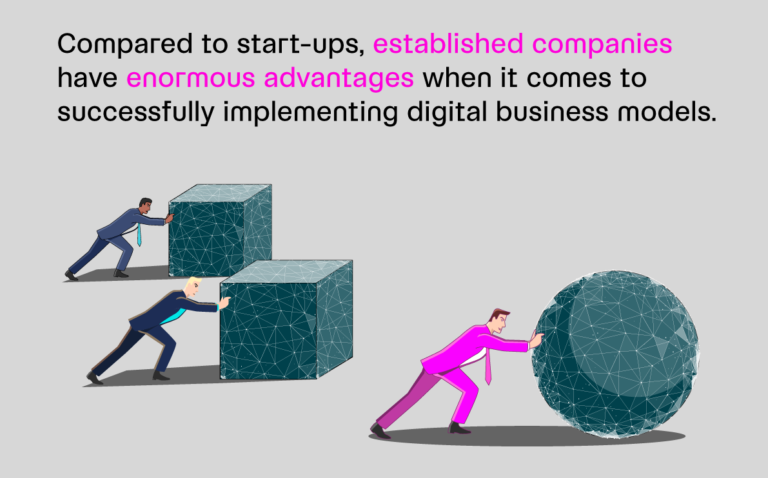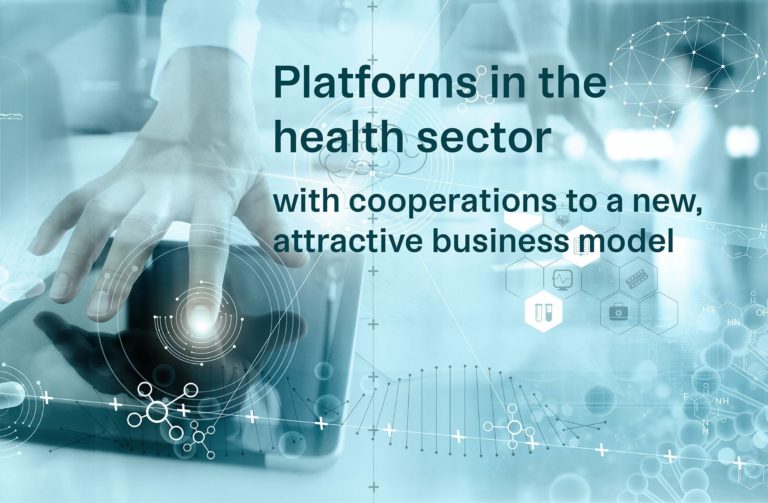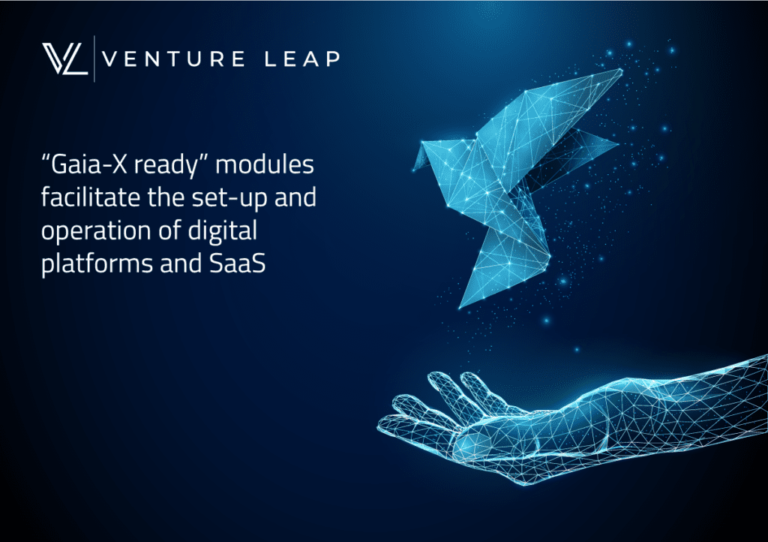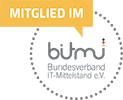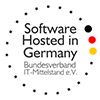Having explained the economic aspects for developing a SaaS solution, we will now look at the actual planning of the technical application. What does it take on the technical implementation side to successfully bring a SaaS application to market and validate a value proposition for customers? We have summarised for you the four steps to start the SaaS development journey in a structured way.
Step 1: Determine SaaS requirements with an MVP
An advisable step before developing the entire SaaS solution with all its features is to think about the core requirements it should fulfil. A helpful tool for this is to design a “Minimum Viable Product” (MVP). This means that a product is first released with only its core functions in order to get to market as quickly and with minimal risk and cost as possible. Based on this, the basic idea is validated so that a final product can then be developed.
An easy way to define the Minimum Viable Product is to answer questions like: What is the optimal user persona? What actions do users perform to solve their problems and what solutions can be proposed? An MVP must appeal to the target audience and make people want to use the product. The main goals are to collect and analyse feedback. This is because they provide very valuable information on usability and user experience: what did the user like and what did they not like? Which features should be added/changed/removed? Will there be enough demand for the application?
At the same time, for a viable product it is important to document everything during the process. A lack of quality requirements documentation can severely hinder the delivery of the MVP. Therefore, take the time to create structured documentation that notes the requirements for the MVP as clearly and specifically as possible.
Step 2: Determine the technical aspects for the SaaS solution
In this step, you need to define how the software for the SaaS solution will be created. The best way to do this is with the help of experts. Together, the programming language, frameworks and tools can be defined. In this way, both the long-term product and the MVP can be kept in mind. Certain core requirements apply to all SaaS applications, such as:
- Multi-tenancy – i.e. each customer (tenant) shares the application and database. This is a cost-effective way to operate with low maintenance costs and greater computing capacity.
- Self-service provisioning – this means that service provisioning is done through automated processes. This in turn speeds up the whole process, making it more consistent, stable and scalable.
- ensuring data security – SaaS always includes encryption of user data and application security – everything from identity management and access control to multi-factor and step-up authentication must be covered.
- monitoring of user activities – so-called audit logs enable the tracking of changes or the prevention of intrusions. Through this element, data protection can always be guaranteed and integrity and access problems can be observed and remedied.
In addition, there are many other functions. It is best to make a list of all the functions that are required for the product and differentiate them into core and nice-to-have functions. Based on these priorities, the development of the MVP begins.
Step 3: Find a developer team
The success of a product depends heavily on the quality of the development team. So thought should go into choosing one. It is helpful to have a diverse team that covers the following roles: business analyst, designer, software developer, quality assurance engineer, project manager.
It is not always easy to fill these roles well. One option is to find staff within your own company or to seek external support. The advantage of external support is that the internal competences can be bundled and one can concentrate on the important business processes while an experienced external developer team drives the SaaS product forward. When choosing a digital product studio, you can also make sure that the development team has already successfully implemented the necessary technical requirements in other projects and that the qualitative implementation is guaranteed.
Step 4: Go-ahead for the MVP!
Now it is time to start with the MVP so that the Saas product can be tested by users and their feedback can be collected by the developers. Only by developing the MVP further can the probability of success of the Saas solution be improved. This reduces risk by allowing the business model to be easily iterated and customer feedback to be quickly integrated – following the MVP mantra: Learn – Build – Measure – Repeat!
Summary
Once a company decides to develop a SaaS application, it comes to the point of taking care of the technical implementation. A sensible approach is to develop an MVP and thereby gain initial practical experience with the customer, the business model and the technical necessities. The focus here is on trial and error and learning, which leads to a promising end product.
